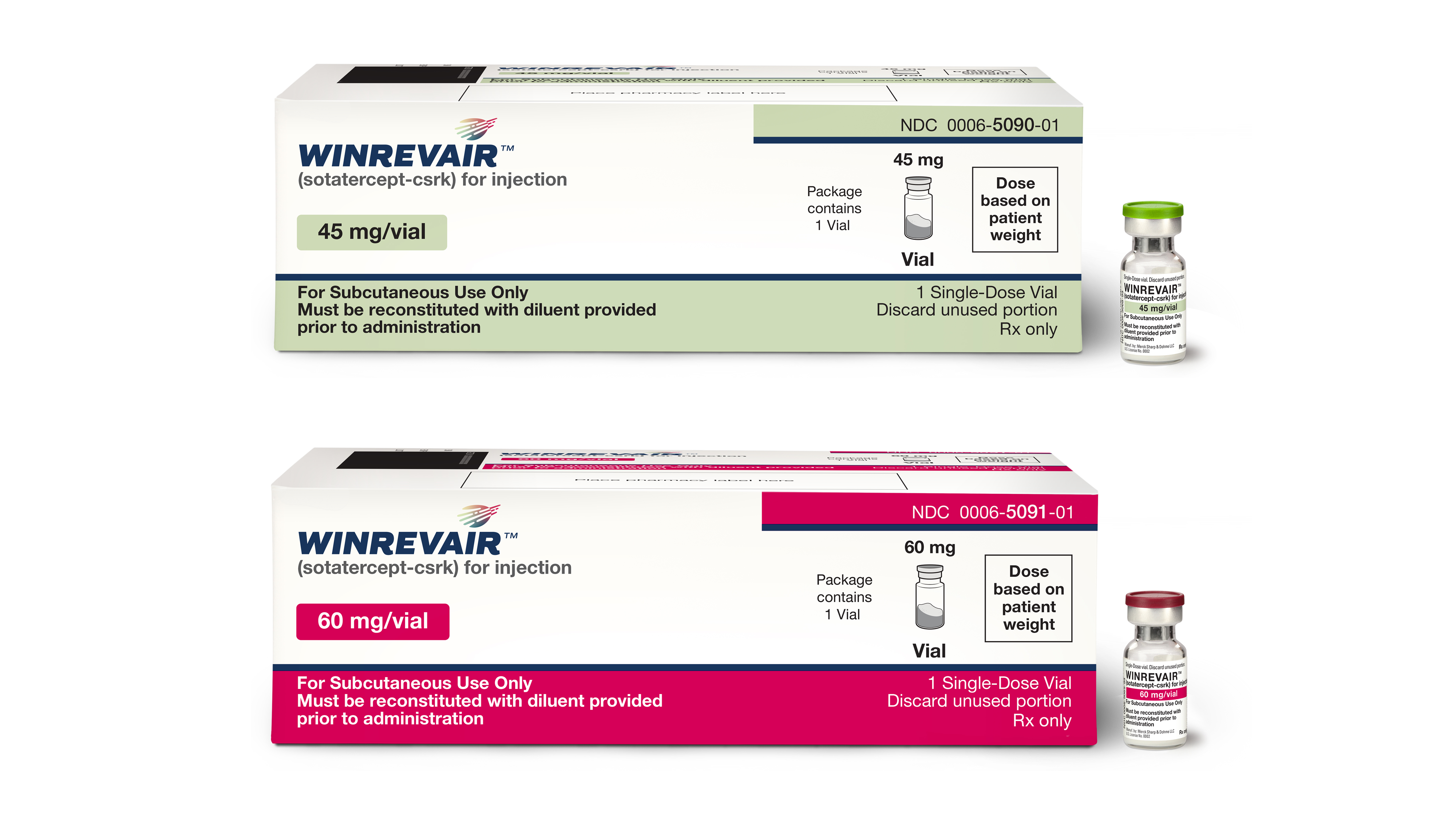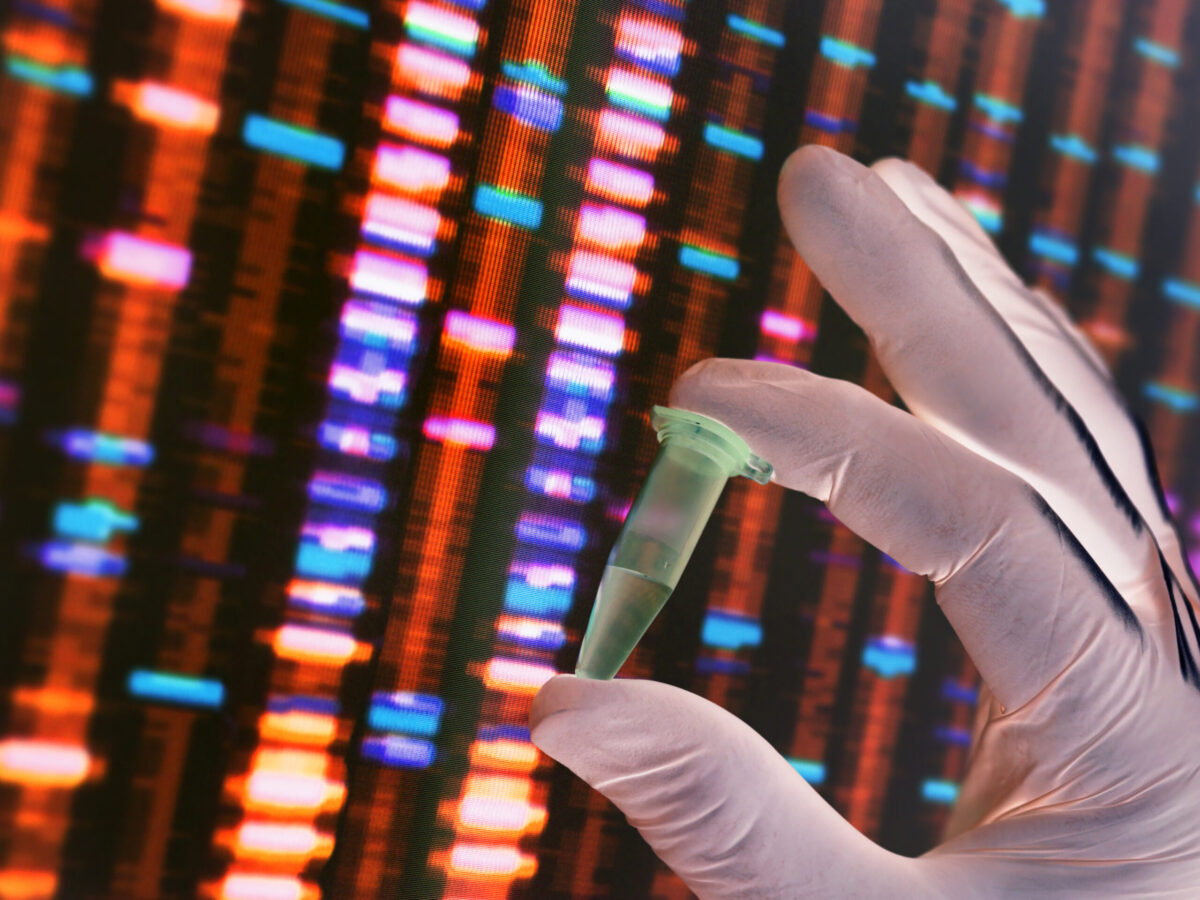One of the major reasons behind the high attrition rate in drug development is the lack of truly representative preclinical animal models in which to assess the efficacy of drug candidates. Investigational therapies routinely show promise in animal studies only to fail in first-in-human trials.
Now, new research published in the journal Cell Stem Cell suggests that multiplex CRISPR-Cas9 could be used to generate mouse models of disease which could be a more accurate predictor of the human response to a drug. The team used gene editing to induce mutations commonly found in leukemia patients, in human hematopoietic stem cells. The cells were then transplanted into mice where they responded to conventional treatment for blood cancers much like human patients.
“With our models, we can really test – in a very controlled fashion, in the right setting, and using the right cells – the genetic predictors of response to specific agents,” said Dr. Zuzana Tothova, a postdoctoral scholar at the Broad Institute of MIT and Harvard and instructor in medicine at Dana-Farber Cancer Institute (DFCI).
So how did Tothova and her colleagues decide which genes to edit using CRISPR? Using sequencing data collected as part of The Cancer Genome Atlas, as well as sequences generated by senior study author Dr. Ben Ebert’s lab, they identified the most common mutations found in two types of blood cancer: myelodysplastic syndrome (MDS) and acute myeloid leukemia (AML).
In both cancers, underdeveloped or abnormal blood cells accumulate in the bone marrow, impairing the body’s ability to fight infection. Tothova and her team found nine genes that were most often mutated in patients with MDS and AML.
“We use human genetics to teach us which combinations of mutations lead to cancer,” said Ebert, also a professor of medicine at Harvard Medical School, member of the Broad Institute and chair of medical oncology at DFCI. “If we have sequencing data from enough tumors, we can identify the genes that are mutated recurrently and which combinations of mutations co-occur more commonly than expected by chance.”
While xenografts are often used to study patient-derived cancer samples in animal models, they are not always well-tolerated by the animal, limited their effectiveness. Therapeutic agents tested on these xenograft models may only be effective against the donor patient’s specific cancer genetics, preventing researchers from knowing whether the drug might work against a combination of mutations. Tothova and her colleagues believe they may have found a solution to this issue.
“Say we’re trying to develop a new drug against a particular combination of mutations, which we know about through the cancer sequencing efforts,” said Tothova. “You might not have any sample available to study with that particular combination of mutations. We wanted to be able to engineer the right lesions in human cells, let them expand in mice, and generate an accurate genetic model of disease for testing new therapies. This has been a longstanding goal for cancer researchers, and for the pharmaceutical industry, for a very long time.”
When the CRISPR-generated mouse models of leukemia were treated using azacitidine and decitabine, hypomethylating agents often used to treat MDS, they found that the cancer genetics accurately predicted their response to treatment. For example, patients with a TET2 gene mutation are usually responsive to treatment with hypomethylating drugs; mice injected with human cells bearing this mutation also responded to these drugs. Similarly, mice with cells containing mutations in the ASXL1 gene were resistant to therapy, which mirrors the human response to this agent.
“We are able to recapitulate findings previously seen in human clinical trials, which makes us feel more confident in the power of these models,” said Tothova. “The data that comes from patients reflects the most important experiment we are trying to understand.”
According to the researchers, this CRISPR-mediated preclinical model generation technique need not be limited to hematological cancers. Ebert explains that sequence data and appropriate progenitor cells are all that’s needed to create these custom models to support drug development for nearly any cancer type.
“People in the field are hungry for these kinds of models,” said Ebert. “We are modeling the disease in the right cellular context with a genetic complexity that reflects what we see in patients. This hasn’t been done before, and it could become a really beneficial tool.”












Join or login to leave a comment
JOIN LOGIN